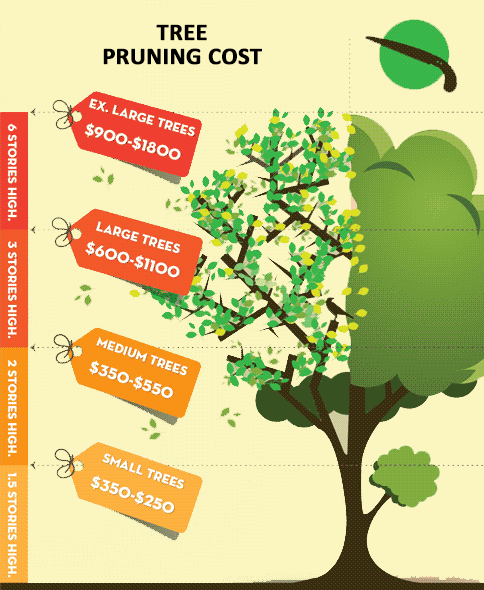Seasonal Tree Treatment: How To Take Care Of Trees Prior To And After Elimination
Seasonal Tree Treatment: How To Take Care Of Trees Prior To And After Elimination
Blog Article
Team Writer-
When it concerns seasonal tree treatment, making sure appropriate management prior to and after elimination can significantly affect the wellness and appearances of your landscape. By understanding the needed actions involved in evaluating tree wellness and preparing for removal, you can proactively guard your home. Yet what about the vital practices to comply with when the tree is gone? Keep tuned to uncover the essential post-removal care steps that will help you grow a successful and lasting atmosphere for your trees.
Pre-Removal Tree Care
Before dealing with the removal of a tree, it's critical to prioritize pre-removal tree treatment. Begin by evaluating look at this site and architectural integrity. Seek indications of condition, parasite invasions, or any architectural issues that might position a security risk during removal. It's necessary to speak with a certified arborist to figure out the best strategy.
Pruning dead or unhealthy branches can avoid more damage to the tree and ensure a smoother removal process.
In addition, think about the environmental influence of getting rid of the tree. Trees play a crucial function in our ecological community, so planting a new tree in an ideal location can help balance out any loss. Ensure that you have the needed authorizations and authorizations for tree elimination, particularly if the tree is protected by local policies.
Seasonal Maintenance Tips
Examining your tree's needs throughout the year is vital for its health and durability. To keep your trees in leading problem, comply with these seasonal upkeep ideas.
In spring, focus on trimming to eliminate dead or damaged branches and urge new growth.
Summer asks for regular watering, particularly during dry spells, to ensure your tree remains hydrated.
As fall techniques, keep an eye out for early indicators of condition or anxiety, and take into consideration using compost to safeguard the roots during winter season.
In winter season, beware when eliminating snow from branches to stop damage, and remain to monitor your tree's general health and wellness.
Keep in mind to adjust your treatment routine based on the particular demands of your tree types and regional climate. By remaining conscientious and positive throughout the periods, you can help your trees grow and flourish for many years to come.
Post-Removal Tree Care
To make certain the health of your landscape also after tree elimination, proper post-removal treatment is crucial. After a tree is removed, it's crucial to fill the remaining opening with topsoil and portable it to avoid settling. This will aid preserve the stability of the ground and prevent prospective hazards in the future.
Consider growing new plant life instead of the gotten rid of tree to restore the equilibrium and appearances of your landscape. Consistently water the area to promote the growth of brand-new plants and avoid soil disintegration.
Check the bordering trees for any signs of illness or stress that may have been triggered by the removed tree. Keep an eye out for bugs that might've been drawn in to the previous tree and take preventive measures to shield the continuing to be plant life.
If needed, speak with an expert arborist to analyze the effect of the elimination on the surrounding trees and establish any kind of extra treatment required. By complying with these post-removal care actions, you can ensure the continued health and wellness and appeal of your landscape.
great post to read
In conclusion, proactive seasonal tree care is crucial for preserving the health and wellness and balance of your landscape. By analyzing tree wellness, trimming, and talking to an arborist before elimination, you can ensure a risk-free process. After removal, loading the hole, planting new plant life, and routine watering will advertise new development and protect against disintegration. Remember to examine surrounding trees for condition and look for additional treatment steps from an arborist to maintain your landscape growing.
